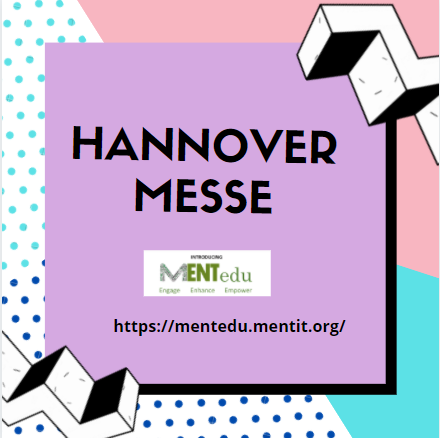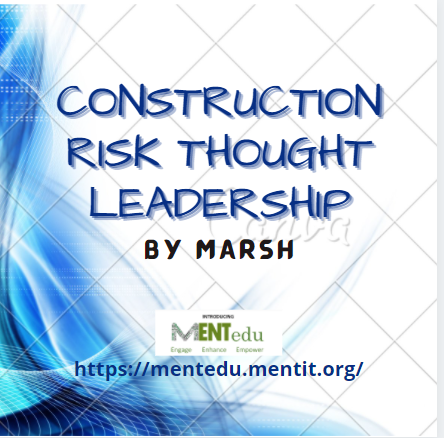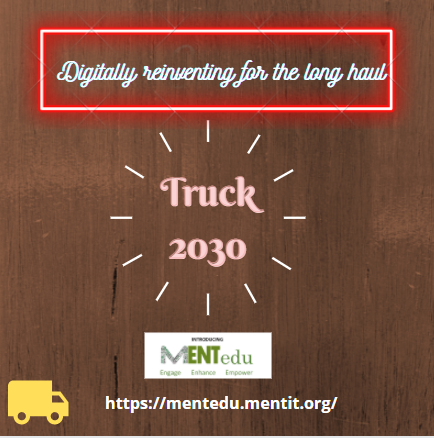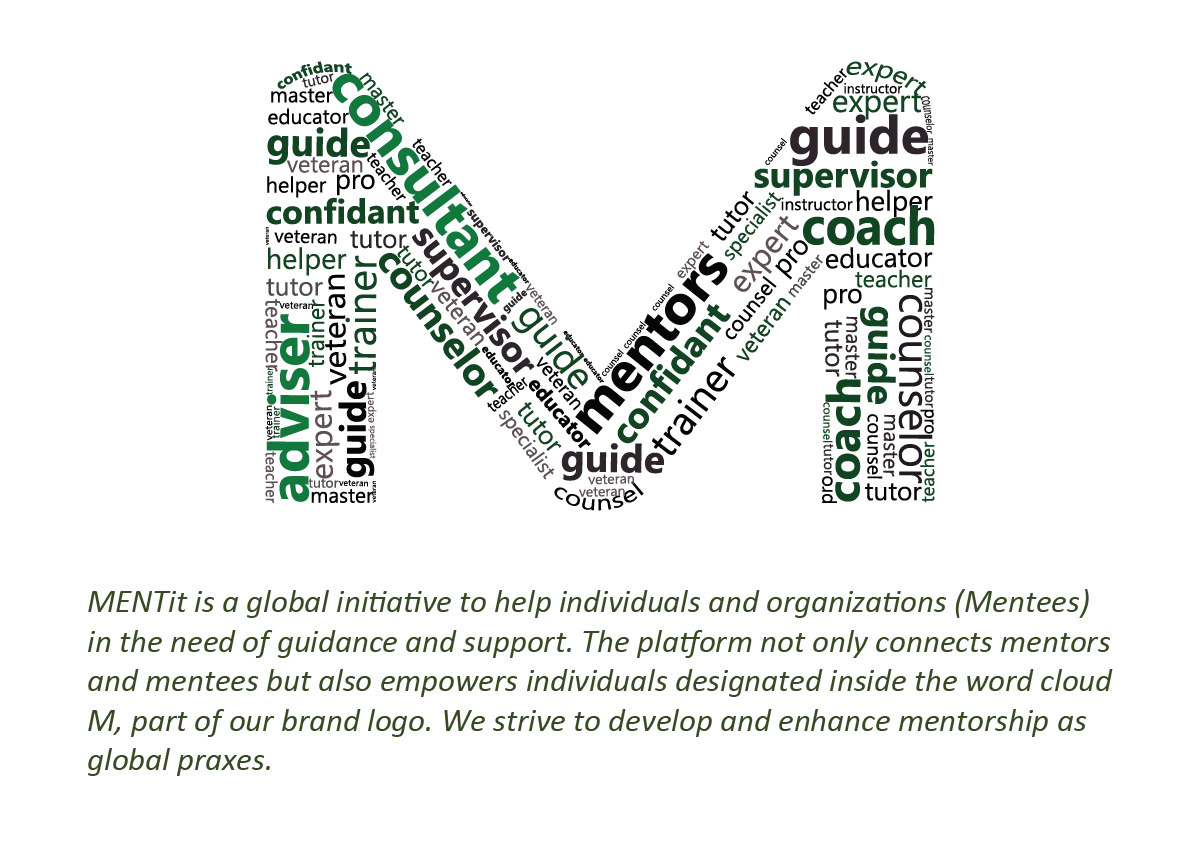Advancing global trade with blockchain.How to unleash value from trusted, interconnected marketplaces
By Author: Mr. TEAM MENTit (MENTit Both)Affiliation: MENTit
The power of joining a blockchain network
- This blockchain-based trading platform lowers counterparty risk and allows even tiny businesses to engage in cross-border trade.
- The platform also operates as a "one-stop-shop" for all parties to see real-time details on any deal and allows for automated payments using smart contracts.
- This worldwide trade network draws organizations from a variety of industries, including financial services, logistics, and insurance.
- Growing and diversifying the platform's income streams through increasing the number of overall participants and resultant transactions.
- As the network grows, more firms, particularly SMEs, will be able to develop and diversify their income streams.
Blockchain as a profitable investment
Participation should be planned in a number of ways by organizations.
Because blockchain is so adaptable, you'll find yourself starting over regularly, even if you've joined and established many networks at the same time.
There are three possibilities:
- Connect as soon as possible.
- Build with zeal.
- Collaboratively expand
Towards a data-driven blockchain economy: Trusted marketplaces
A blockchain-based marketplace connects customers and producers through a peer-to-peer network. It's a sandbox in which all parties interact according to data governance rules they've established together, with no need for third-party oversight or regulation.
A marketplace powered by blockchain
- Unified standards are promoted by neutral governance. Interoperability with different networks is a must.
- Smart contracts that are digitally coded and signed without the use of a middleman.
- Payments are made instantly and without the need of a middleman. Trade financing is more efficient.
- Transparency and simple access to feedback, including delivery tracking and participant reputation, are provided.
- Data that can't be updated or erased. To aid in the prevention of fraud, network validation is used. Data security and participant willingness to contribute have been improved.
- Personal information is not required.
The traditional market
- Unified technological and legal norms are lacking. Markets that aren't connected to one other, as well as third-party participation and a significant reliance on paper.
- Payment systems or credit cards are used, with a portion of each transaction charged.
- There is a scarcity of sales algorithms and other seller and logistical indicators.
- Information may be hacked more readily. Participants' worries about sensitive data have grown.
- Personal information is required.
The following are specific steps to putting up a solid blockchain data strategy:
- Consider whether assets in your portfolio can be digitized and exchanged in a secure environment.
- Examine which markets you might be able to reach by joining a global blockchain network and sharing your data.
- Profitability measures must be redefined.
Beyond profits: A holistic blockchain-driven metrics portfolio
- Blockchain is a community of people that are already helping to develop and build the marketplace.
- According to BlockChain.com, there is a communal optimism, rather than simply the Builders' hope that their new product, service, network, or marketplace will flourish.
- Over the next 10 years, over 90% of firms questioned anticipate blockchain-enabled markets to improve global GDP by one to ten percent.
- According to a Deloitte poll, most firms believe blockchain will have a positive impact on the global economy.
- The role of blockchain in infusing increased security, stability, and adaptability into systems and processes continues to hint at a positive influence on global GDP.
- Across the board, organizations say that the bulk of their business activities are conducted within their home country.
- During the COVID-19 issue, the Department of Homeland Security highlighted blockchain managers in agriculture and food delivery.
A neutral entity: The global, interconnected blockchain
- A neutral institution can aid in the development of fair, open governance and the start of the standardization process. The objective is to have a single trustless platform with a single set of standards that governs all global trading markets. It may result in new regulatory and cross-border issues.
- You might start by joining a single isolated blockchain, but that isn't the way things will proceed in the future. You'll need to be aware of plugging and playing across many networks at some time. You'll need governance and standards to do this.
Here are some pointers:
The "three I's" should be remembered: integrate, interconnect, and interoperate.
Consider matrixed, not linear, networks and value chains.
Aggregate operations at a cross-industry level to have the biggest influence on global commerce.
References:
Disclaimer:
The views/opinions expressed in this blog by me as a MENTit user are my personal. MENTit or its promoters or other users may not share the same views or opinions as mine. If any copyright/trademark/patent/plagiarism/controversy issue emerges because of this article written by me, I, as an author, shall be the sole responsible for the consequences.








